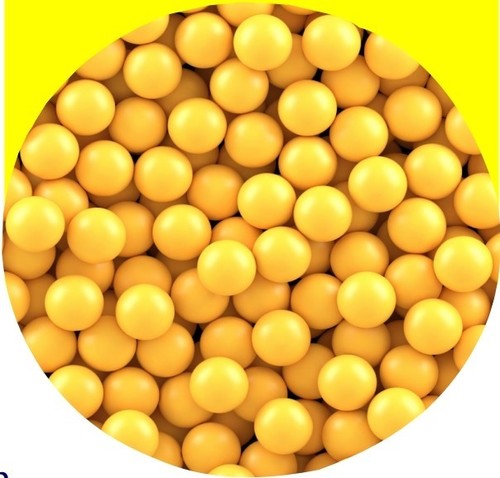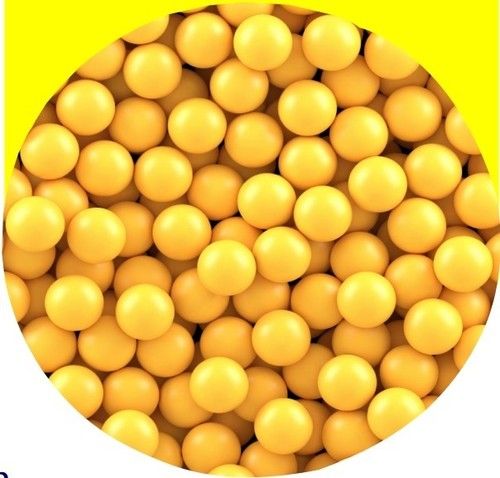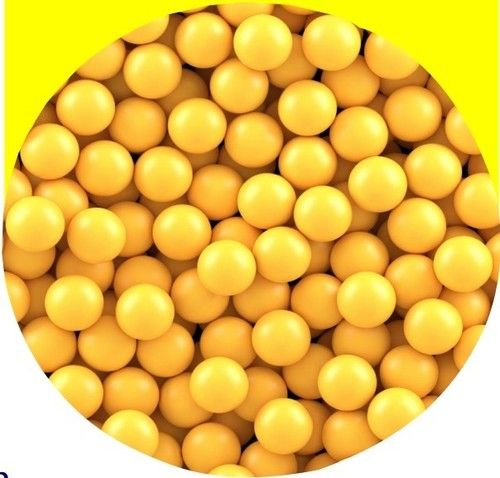Sepax MonomixTM IEX Resins

Product Details:
- Grade Industrial Grade
- Purity(%) 100
Sepax MonomixTM IEX Resins Price And Quantity
- 10000.00 - 50000.00 INR/Box
- 10 boxes Box
Sepax MonomixTM IEX Resins Product Specifications
- 100
- Industrial Grade
Sepax MonomixTM IEX Resins Trade Information
- MUMBAI
- Cash Against Delivery (CAD) Cash on Delivery (COD) Telegraphic Transfer (T/T) Letter of Credit (L/C) Western Union Letter of Credit at Sight (Sight L/C) Delivery Point (DP) Days after Acceptance (DA) Cash in Advance (CID) Cheque Cash Advance (CA)
- 500 Box Per Day
- 4 Week
- Yes
- Free samples are available
- South America Western Europe Middle East Africa Central America Asia Eastern Europe North America Australia
- All India
Product Description
Ion exchange (IEX) chromatography enables the separation of native biological samples without disruption of high order structures. It has been widely used in the analysis and separation of ionizable pharmaceutical molecules.
Features
- Monomix IEX resins are narrowly dispersed particles
- Well controlled pore structure
- Rigid beads can be operated at higher flow rates and higher pressure
- High dynamic capacity and high loading capacity
- High separation efficiency and resolution
- Wide pH range
Technical Specifications
Resin Type | Monomix HC-Q | Monomix MC-Q | Monomix HC-DEAE | Monomix MC-DEAE | Monomix HC-SP | Monomix MC-SP |
|---|---|---|---|---|---|---|
Functional Group | -N+(CH3)3 | -N(C2H5)2 | -SO3H | |||
DBC*(/ml resin) | >100 mg BSA | >51 mg BSA | >90 mg BSA | >47 mg BSA | >105 mg Lysozyme | >52 mg Lysozyme |
Max Linear Flow (cm/h) | 1000 | |||||
Matrix | Hydrophilic polymethacrylate | |||||
Particle Size(m) | 30, 60 | |||||
Operation Temp. | 40 °C | |||||
pH Range | 2-12 | |||||
Pore Size ( ) | 500, 1000 | |||||
Maximum Pressure | 1 MPa (10 bar) | |||||
Compatible Mobile Phases | Compatible with aqueous solutions, mixtures of water and acetonitrile, acetone, or methanol. Typical buffers: phosphate, tris, and acetate | |||||
Storage | 70% (v/v), stored in 20% ethanol | |||||
Regeneration | 1-2 M NaCl | |||||
CIP | 0.5 M HCl or 1.0 M NaOH | |||||
Other Products in 'Sepax Resins' category
 |
IPSUM LIFESCIENCES LLP
All Rights Reserved.(Terms of Use) Developed and Managed by Infocom Network Private Limited. |




